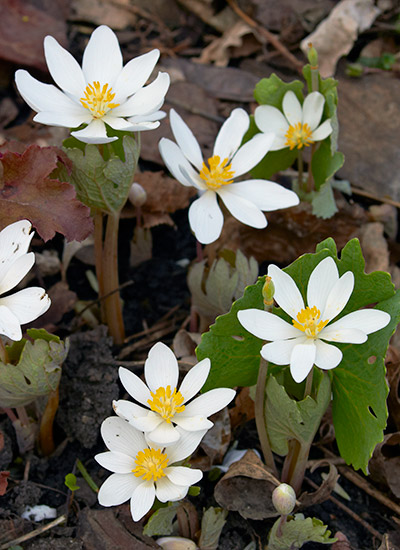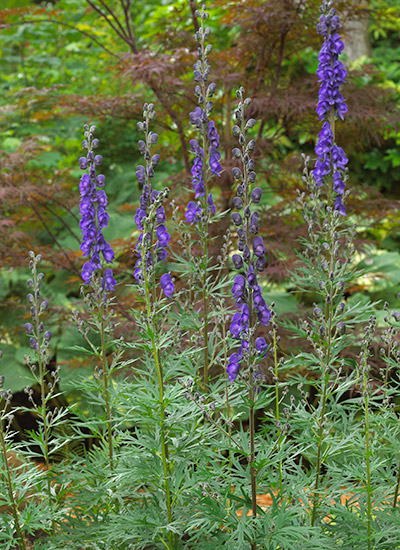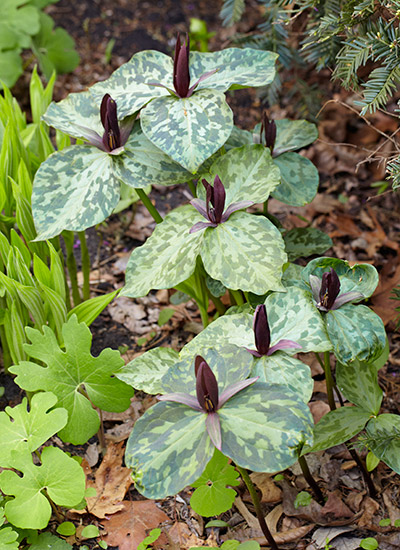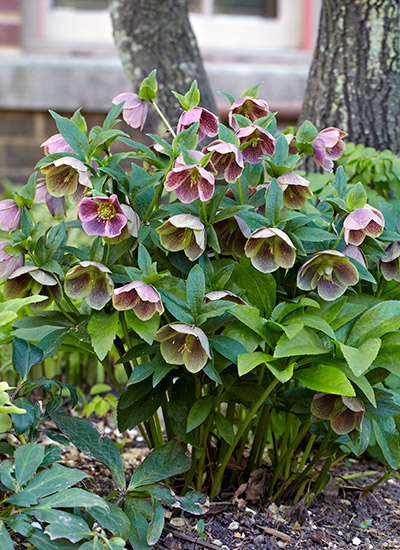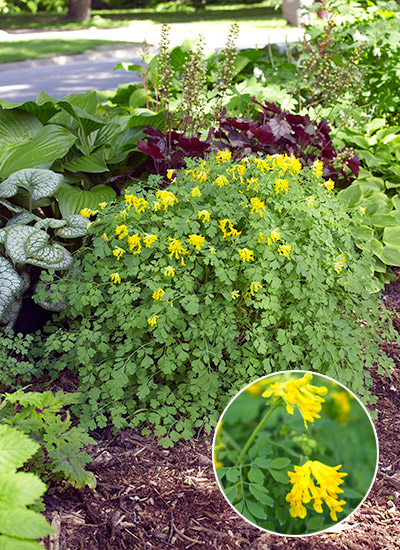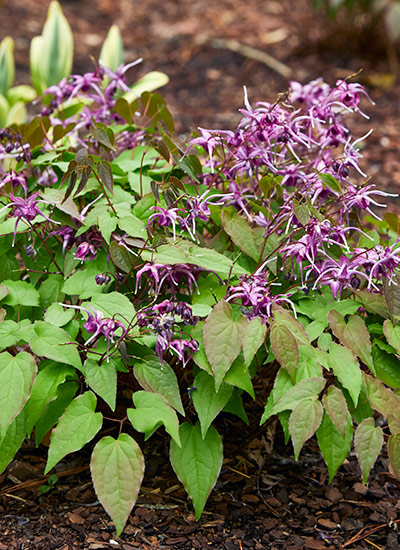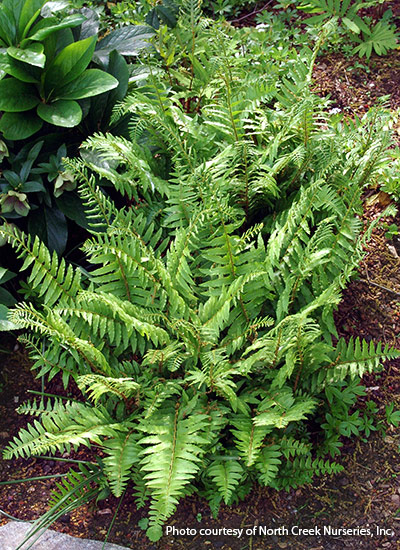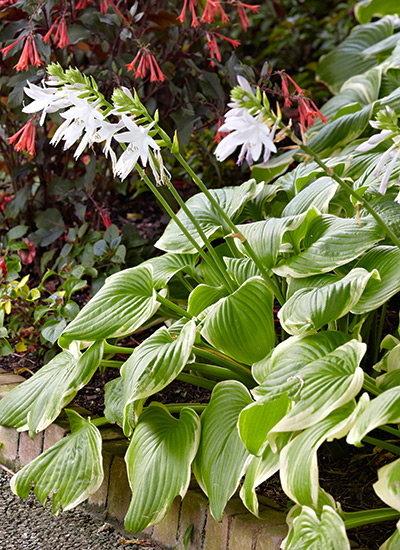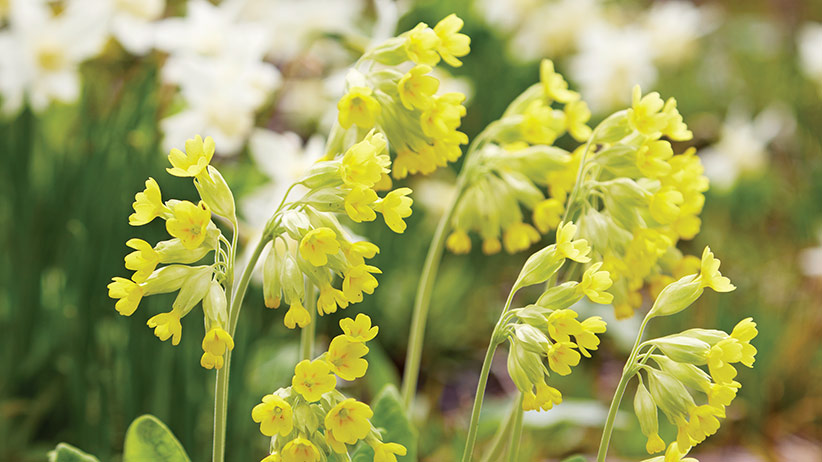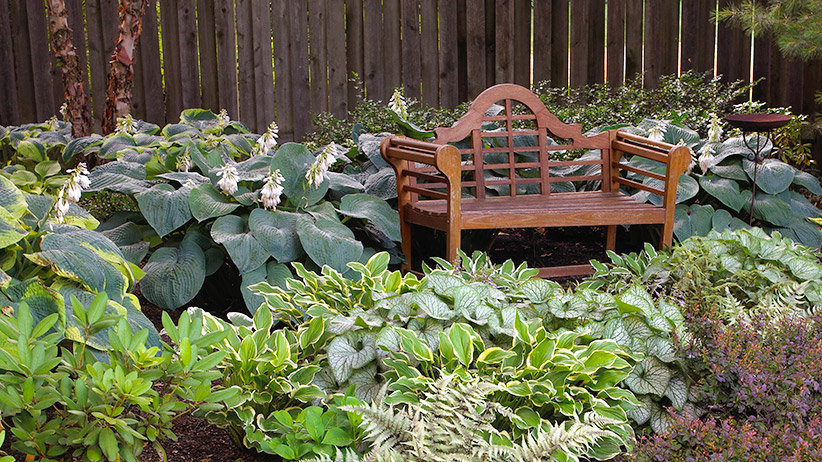
Shade-tolerant plants
Growing a shade garden means appreciating all the intricate details of a plant’s features; not just the flowers, but also the foliage, shape and texture. The colors purple, blue and pink are common in shade plants, so you don’t have to say goodbye to beautiful blooms. But, in most shade gardens you’ll find a palette that is cool and calming, with colors like blue, green, gray and gold. This is because most color comes from attention-grabbing foliage with a variety of stripes and patterns. The good news about foliage is that you can expect color and interest before a blossom forms and long after the flowers fade.
Find out how much sunlight your garden gets
There are different degrees of shade. And sometimes it’s hard to tell if your particular spot is dappled, part or full shade. To find out exactly how much light your garden gets, place a sunlight calculator in the bed on a sunny day. Use a light meter to measure the amount of light falling in the area. This one is combined with soil pH and moisture meters for convenience.
You Might Also Like:
Shade Garden Design Tips
Garden Gate's Favorite Hostas
Colorful Shade Garden Plant Combinations
Different Types of Garden Ferns
Shade plant benefits
Color isn’t the only consistency you can expect with shade plants. With protection from the sun, a shade garden can better withstand summer’s most intense heat. Soil is able to retain more moisture, too. However, if rain doesn’t easily reach your shade garden, a layer of mulch and regular watering will keep plants happy.
With lower sunlight for photosynthesis, plants grow slower in shade than in sun. And that can mean you don’t have as much work to do. First of all, they need less fertilizer and water, and you won’t have to deadhead or divide plants as often. Weed seeds aren’t as likely to sprout in shade, so there are fewer weeds to deal with, as well.
Sheltered from harsh sun, part-shade flowers last longer without fading, and foliage isn’t as likely to scorch, either. Even dealing with pests is less time-consuming in a shady situation. With the exception of slugs and snails, there are fewer plant-hungry insects in shady areas.



